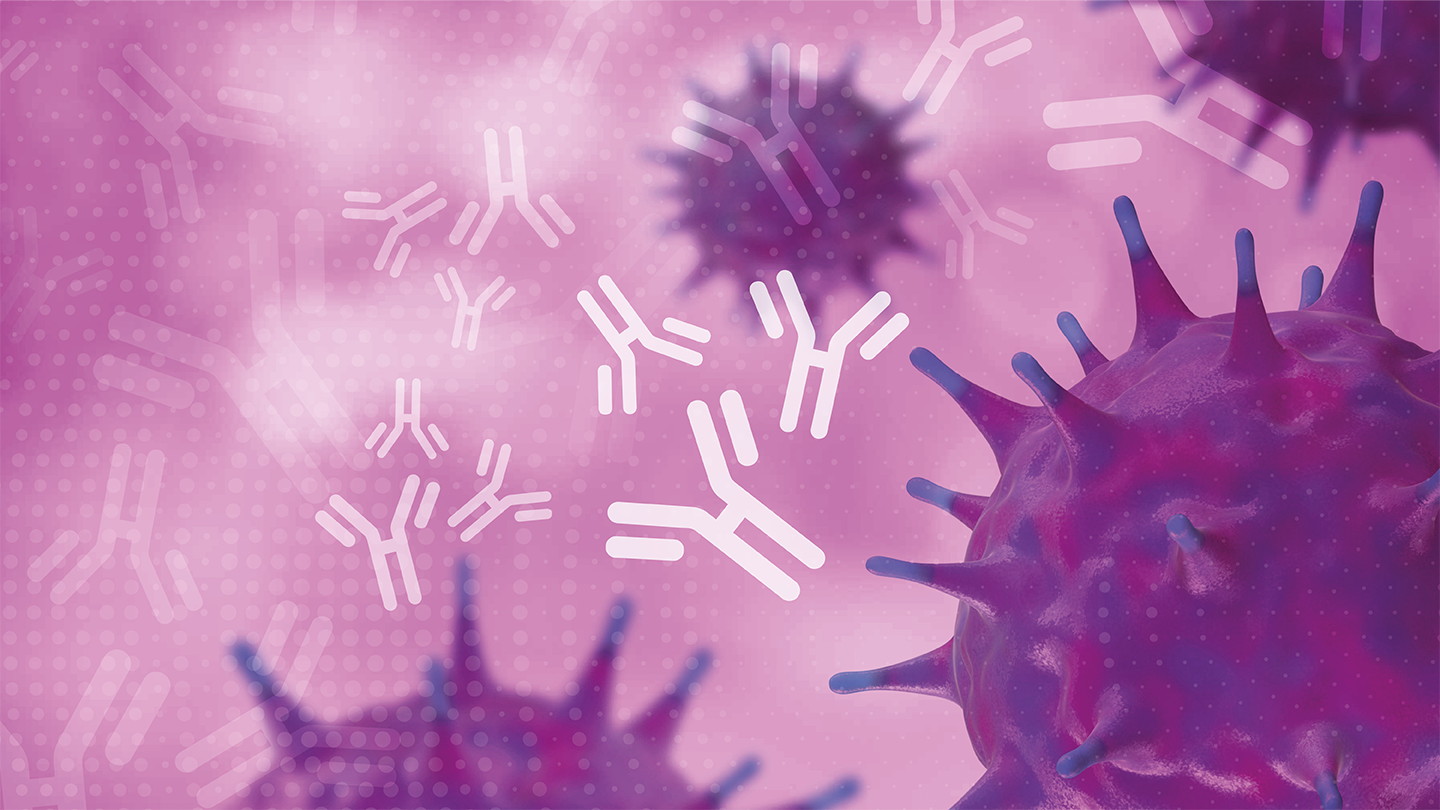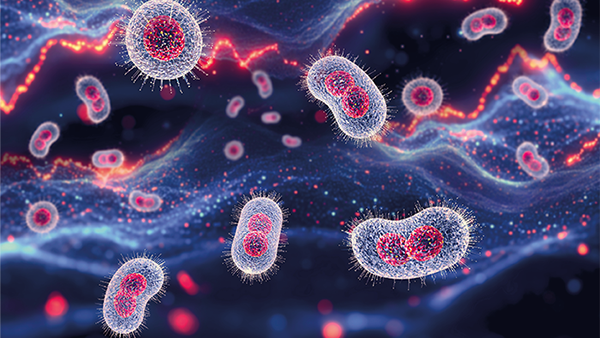An Injection of Infection
Research shines a light on the molecular “syringes” of certain bacteria
Salmonella, Shigella, and Yersinia and other bacteria are known for their secretion systems through which they inject and manipulate eukaryotic cells. This type-III secretion (T3SS), also known as the “injectisome,” is vital for the bacteria’s virulence and spread. But how does this mechanism work on a molecular level? Researchers from the Max Planck Institute for Terrestrial Microbiology, Germany, have uncovered some molecular details that make this biological task possible.
“Although we know a lot about this system, especially its evocative syringe-like structure, the key question of how the system recruits its effectors was unknown,” says Andreas Diepold, Research Group Leader of the study.
“The reason that we didn’t know how the T3SS recruits its effectors to the injectisome is that interactions of proteins in secretion systems are (almost by definition) transient – the secreted proteins need to bind, but then also need to be quickly released for export,” he adds.
The team were able to overcome this roadblock by using new methods to observe the injectisome in situ, including proximity labeling and single molecule localization microscopy (SMLM, which tracks fluorescence-activated molecules in the target cell using high-speed cameras to produce super-resolution images).
“For proximity labeling, a protein of interest is fused to an enzyme that activates biotin, which then quickly binds to the nearest protein,” Diepold explains. “We can then purify the biotinylated proteins and see which proteins are in the proximity of our protein of interest.”
These techniques, explains Diepold, allowed the team to discover a “shuttle service” that ensures that the required proteins are delivered from bacterial cytosol to the injectisome at the correct moment.
The proteins shuttled within T3SS are dynamic and already known to researchers, but it was thanks to proximity labeling that the researchers could confirm that the proteins interact with two of the dynamic T3SS components.
“We then used SMLM to see where this happens,” Diepold explains. “We found that, in presence of the correct cargo, the shuttle molecules were slower, indicating that these proteins interact in the cytosol before being delivered to the injectisome.”
In light of growing antibiotic resistance, there exists hope that disrupting the T3SS process through anti-virulence drugs could become a viable option for disease prevention.
This article first appeared in The Pathologist.
Reference
- S Wimmi et al., “Cytosolic sorting platform complexes shuttle type III secretion system effectors to the injectisome in Yersinia enterocolitica,” Nat Microbiol (2024).





